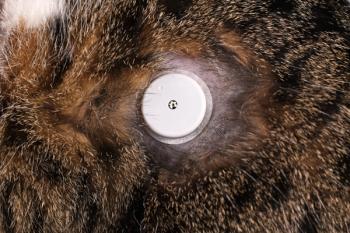
Providing services for chelonians
La'Toya Latney, DVM, DECZM (ZHM), DABVP (Reptile & Amphibian), CertAqV, describes what it takes for veterinary professionals to incorporate services for turtles, terrapins, and tortoises into a general practice.
The
RELATED:
The following is a transcript of the video:
La'Toya Latney, DVM, DECZM (ZHM), DABVP (Reptile & Amphibian), CertAqV: If you want to get into the regular practice of seeing common [chelonian] species, learning where they come from in the wild and how they thrive, what their sexual maturity age is, how big they're going to get, what they eat, all of these things become really important.
We could literally hear an owner report what's going on, and before we even see the animal, we already have a differential diagnosis list for you. We don't even need to see the animal. That's how powerful knowing any gaps or issues with their husbandry becomes.
RELATED:
So, just because they're hardy animals doesn't mean that we can't apply the same tools [used for companion animals], and because they do have this beautiful anatomy, that doesn't mean that they themselves don't deserve the same full treatment in terms of a thorough physical exam and ultrasound like we would do for our other unshelled brethren in the reptile family.
Especially in female reptiles, you choose the category. The fourth leading cause of morbidity and mortality is reproductive disease in females. So that's another good reason to become a little bit more comfortable with ultrasound, and people actually enjoy doing that as well.
Newsletter
From exam room tips to practice management insights, get trusted veterinary news delivered straight to your inbox—subscribe to dvm360.






